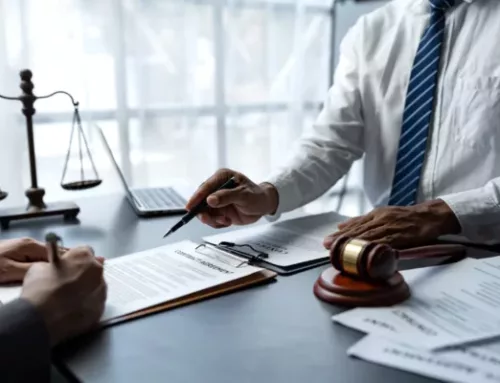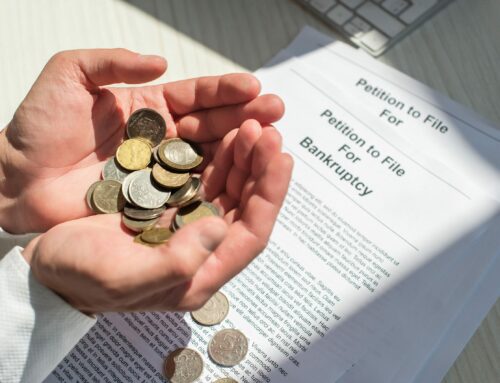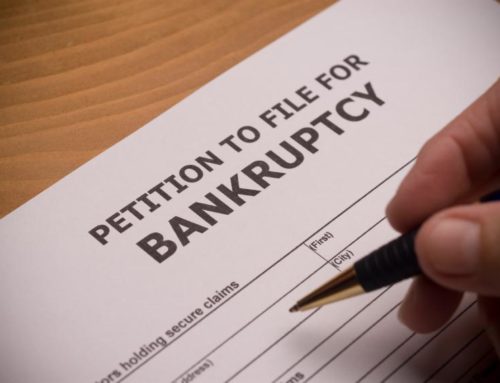Are you struggling with overwhelming debt? Filing bankruptcy in West Virginia can provide the debt relief you’re looking for. Read on to learn how to file bankruptcy in West Virginia.
1. Choose the Type of Consumer Bankruptcy
Before filling out your bankruptcy petition, you should first determine which type of personal bankruptcy you’re eligible to file for. There are two types of bankruptcy available to debtors like you – Chapter 7 or liquidation bankruptcy, and Chapter 13 or wage earners plan. To know whether you’re qualified to file for Chapter 7 according to the bankruptcy act, you have to pass the means test.
In this test, the bankruptcy court compares your monthly income and living expenses to the median income level for your household size in West Virginia. If your disposable income falls below the median, you qualify for a Chapter 7 bankruptcy filing.
However, if you exceed the median income, you won’t be eligible to file for bankruptcy under Chapter 7. Instead, you can declare bankruptcy by converting your bankruptcy case to Chapter 13. If you’re unsure which type of bankruptcy best fits your financial situation, consult a local bankruptcy attorney.
2. Prepare Your Bankruptcy Paperwork
Once you’ve decided to file for bankruptcy in Chapter 7 or 13, the next thing to do is to fill out the appropriate bankruptcy forms and compile the necessary supporting documents. This includes listing all of your unsecured and secured debts along with their creditors, all of your assets and personal property, and recent financial transactions. You’ll also need to disclose your average income and monthly expenses, as well as tax returns for the past two years.
Note that you also need to attend a credit counseling course, since your certificate of completion should be filed with your petition. If you have a property that qualifies under bankruptcy exemption, you can include a list of the exempt property so that it can be protected throughout the bankruptcy process.
You may seek assistance from a bankruptcy petition preparer or a reliable bankruptcy attorney to ensure that your bankruptcy petition is accurate and avoid delays in your processing time.
3. File Your Petition to Court
 After you’ve filled out the petition in bankruptcy, you or your attorney should file it to a West Virginia district bankruptcy court. The paperwork detailing your bankruptcy information should also be filed along with your petition.
After you’ve filled out the petition in bankruptcy, you or your attorney should file it to a West Virginia district bankruptcy court. The paperwork detailing your bankruptcy information should also be filed along with your petition.
If you’re applying for Chapter 13, you also need to include a repayment plan proposal when you filed for bankruptcy. Bankruptcy attorneys can help you come up with a payment plan that’s financially feasible for you.
Note that you need to pay the filing fees when you file for bankruptcy. You can check online to see how much you need to pay for filing bankruptcy under Chapter 7 and Chapter 13, or for converting a case of bankruptcy from one chapter to another.
4. Go Through the Bankruptcy Process
After filing bankruptcy with the court, the automatic stay is put into effect. This injunction stops creditors and debt collectors from making collection calls for the duration of your bankruptcy case. The stay can also prevent repossession and foreclosure proceedings, allowing you to keep your home and car in bankruptcy.
Another important part of the process of bankruptcy is the bankruptcy trustee. The appointed bankruptcy trustees are in charge of reviewing your bankruptcy information and ensuring that claim holders are paid as much as possible. As such, your assigned trustee may require you to provide additional information regarding your financial situation.
5. Attend the Meeting with Creditors
About a month after the bankruptcy was filed, your trustee will schedule your 341 creditors’ meeting. During the meeting, you’ll need to answer questions asked by the bankruptcy trustee under oath.
Creditors rarely attend the meeting. However, those who do can ask you questions and raise objections. Typically, an objection is settled through negotiations between you, the debtor, your legal counsel, and your creditors. If a resolution is not reached, a bankruptcy judge may intervene.
6. Wait for your Bankruptcy Discharge.
For both types of bankruptcy, a debtor education course is required to receive a discharge in bankruptcy.
If you filed Chapter 7, the trustee will sell your nonexempt property, distribute the proceeds to your lenders, and allow creditors two months to challenge your right to receive a bankruptcy discharge. If there are no challenges, you’ll receive a notice about your dischargeable debts being eliminated in three to six months.
If you declared bankruptcy Chapter 13, you need to get your plan confirmed in court and make the required monthly payments. You’ll receive your discharge after completing your repayment plan.
Our bankruptcy attorneys can help you pursue Chapter 7 or Chapter 13 bankruptcy and become debt-free. Contact us at Thomas E. McIntire & Associates, L.C. and schedule an appointment today!





